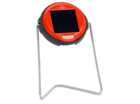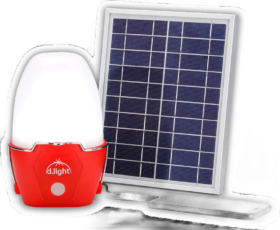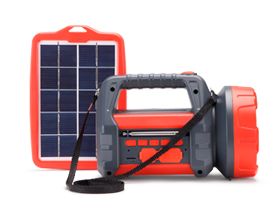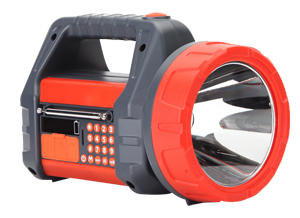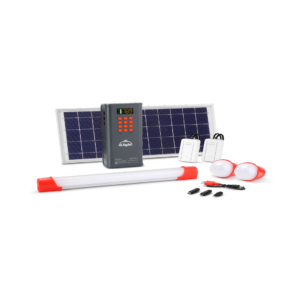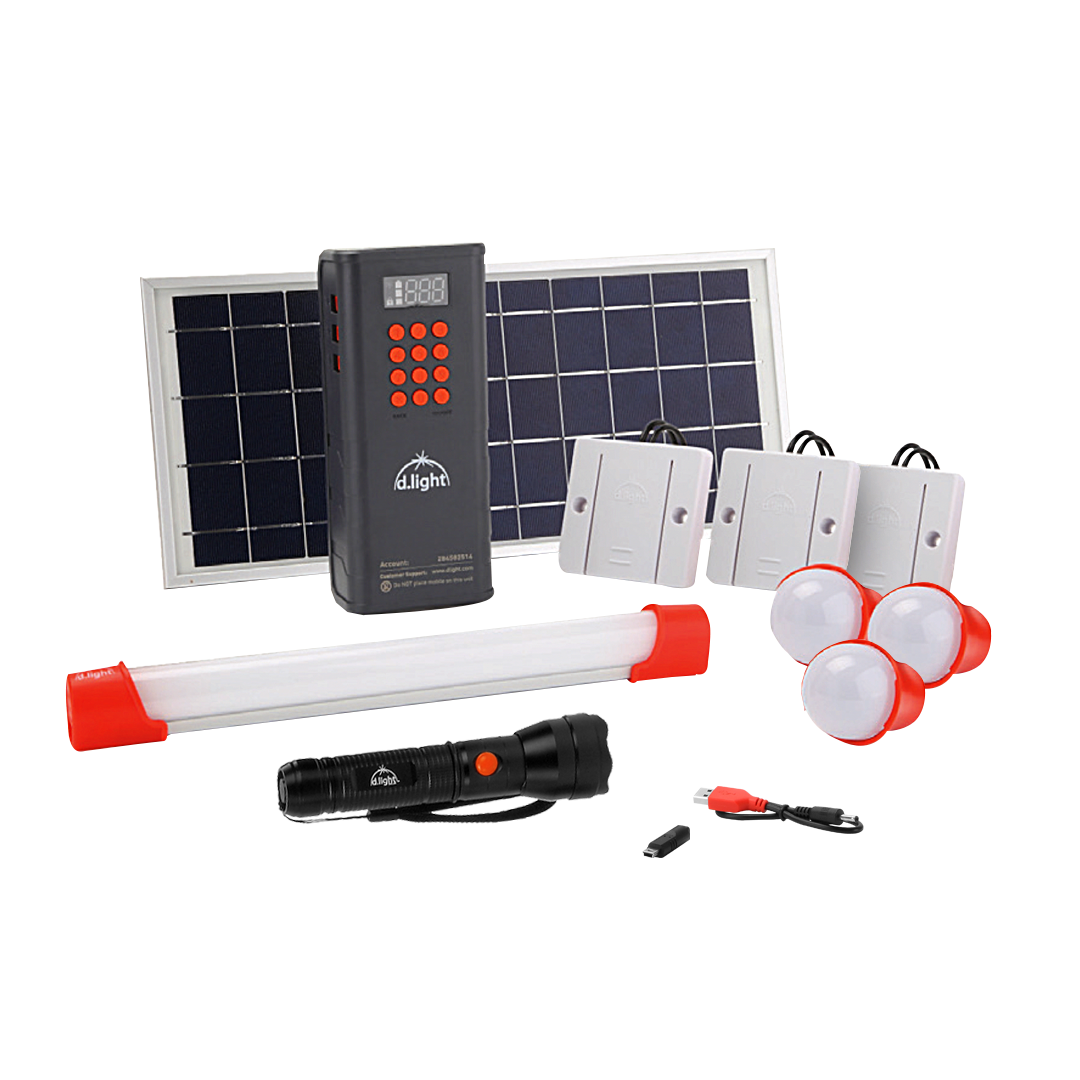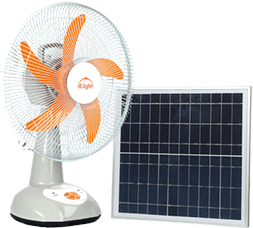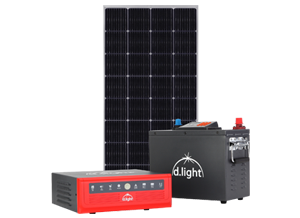Life moves fast in big cities. Escaping the noise of civilization, the fast pace schedule, overwhelming responsibilities, and spending time outdoors is relaxing.
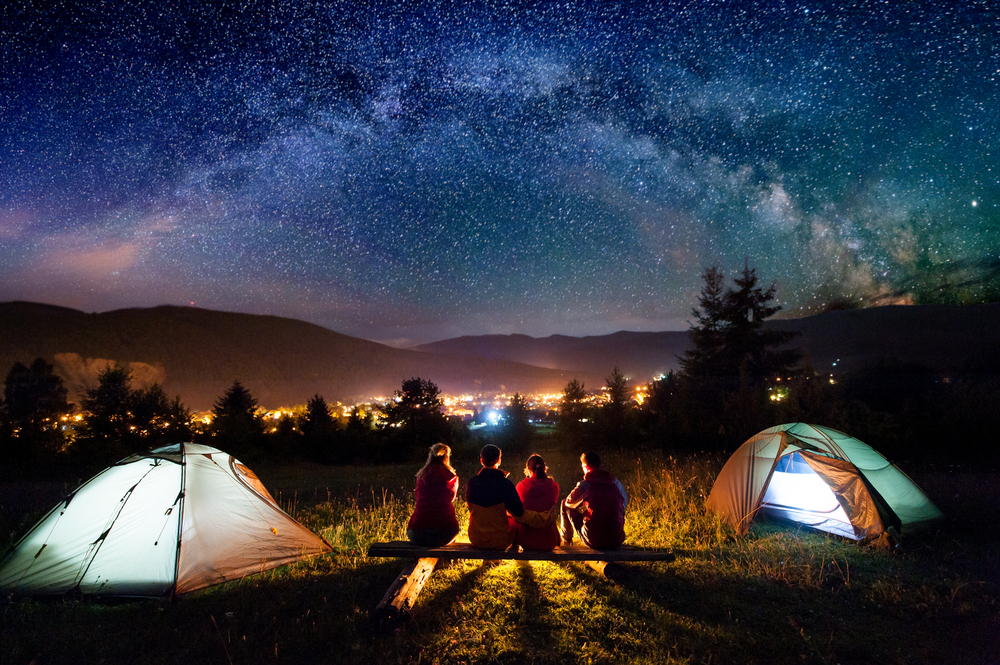
Camping provides that particular time when people can have fun connecting with nature sitting by the campfire and laughing with loved ones under a starry night sky. There are, however, some campsites that do not possess the same electric lights that we are accustomed to at home, which make navigating at night challenging and troublesome. Save yourself the trouble of fumbling in the darkness by including camping lights in your next outdoor adventure.
While there are many choices for in-camp lighting, solar camping lights, such as solar-powered lanterns are one of the best options for lighting your campsite as it provides more visibility being hung from a hook or placed on a flat surface.
There are different types of solar-powered lanterns available in the market that will suit most needs – below are performance factors to consider when comparing lamps.
- Lumens
Lumens measures a light’s output. The higher the lumens in a lantern or flashlight, the greater it’s intensity or brightness. For lamps, the minimum lumens start around 40 and can run up to 700. Keep in mind that a higher wattage will consume more energy, which means brighter lanterns would have shorter battery life.
Most campsites only need lighting under 100 lumens for people who enjoy doing activities like reading in their tents or for just poking around camp during nighttime. About 200 lumens is sufficient to see around the tent site, and over 300 lumens is excellent for parties or gatherings.
- Size and Weight
Whether you are hiking to the campsite or driving, weight plays a factor in your excursion. A loaded backpack should consist of 20 percent of your body weight and carrying a lightweight lantern that does not require the use of heavy batteries is a hikers dream! Backpackers generally need smaller and lighter lanterns since they are bringing a variety of equipment.
- Light Duration
If you’re embarking on a more extended trip that’s off the beaten track, you will want a light that can operate long term. The runtime of one camping lantern varies from one another. Some lamps offer a low and a high setting for greater lighting versatility that can be adjusted to allow you to save energy.
Other products include handy features on a lantern that allows the versatility to hang anywhere. There are even lanterns that can charge other devices like your mobile device, so you always have a fully charged phone in case of an emergency.
While there are many different types of lanterns, solar camping lights are an excellent option for any camping trip as it provides a steady light source without the need to bring spare batteries. No matter how long your camping trip, solar camping lights have benefits that make them stand out.

Here are 5 reasons why you should use solar camping lights when sleeping outdoors:
1. Solar Camping Lights Are Safe
A traditional gas-powered lantern can run on either propane or butane liquid-fuel. Some campers might prepare a conventional way of camping with fuel-lit lanterns for its capability to provide long-lasting and powerful lighting because when the entire campsite needs intense lighting, a gas lantern is almost unbeatable.
However, gas-powered lanterns are not safe in enclosed areas like tents. This type of light needs ample ventilation as it uses burning fuels and generates damaging pollutants into the air triggering health issues.
Solar camping lights like solar-powered LED lanterns only offer adequate light and also maintain the clean air quality around the campsite so you can enjoy activities such as reading in the comforts of your tent.
2. They are Silent
Some people might enjoy the crackling sound of a fire or the white noise sound of gas lanterns, but not all are fond of listening to relatively loud noises. Solar-powered lanterns are one of the available lamps that are quiet so campers can enjoy the sounds of nature around them.
3. They Generate Low heat
Besides the danger of inhaling fumes from traditional gas-powered lanterns, it poses possible harm since gas is combustible. These lanterns produce heat as a byproduct of the light. If it gets knocked over or too close to anything flammable, it can ignite combustible materials which are abundant in camping sites and forests.
Alternatively, it’s safer to use solar camping lights since they do not generate nearly as much heat. They can be used anywhere without worrying about your possessions or surroundings catching on fire! If you’re with children, you don’t have to worry about them getting hurt by touching solar lanterns, either.
4. They are Portable
Camping requires carrying plenty of heavy items which make the trip challenging and wholesome. Bringing along fuel-burning lanterns which are heavy and bulky due to the material add unnecessary weight to your camping backpack.

5. Uses the Sun to Charge
Gas-powered and battery LED lanterns both rely on unsustainable power. While LED lamps are equipped with rechargeable batteries, finding a charging station is complicated and out of reach because replacement fuel for fuel-powered lanterns relies on being within the proximity of a shop that sells such items.
There is no need to worry about bringing additional fuel or batteries since solar camping lights charge under the sun and they are more convenient than hand-cranked light sources.
Some might be discouraged by solar lanterns since they rely on the sun to charge, and not all camping trips will be sunny. Luckily, some lanterns can charge even on cloudy days.
We at d.light are dedicated to providing the most reliable, affordable and accessible solar lighting and power systems. Visit our website today to learn more.


